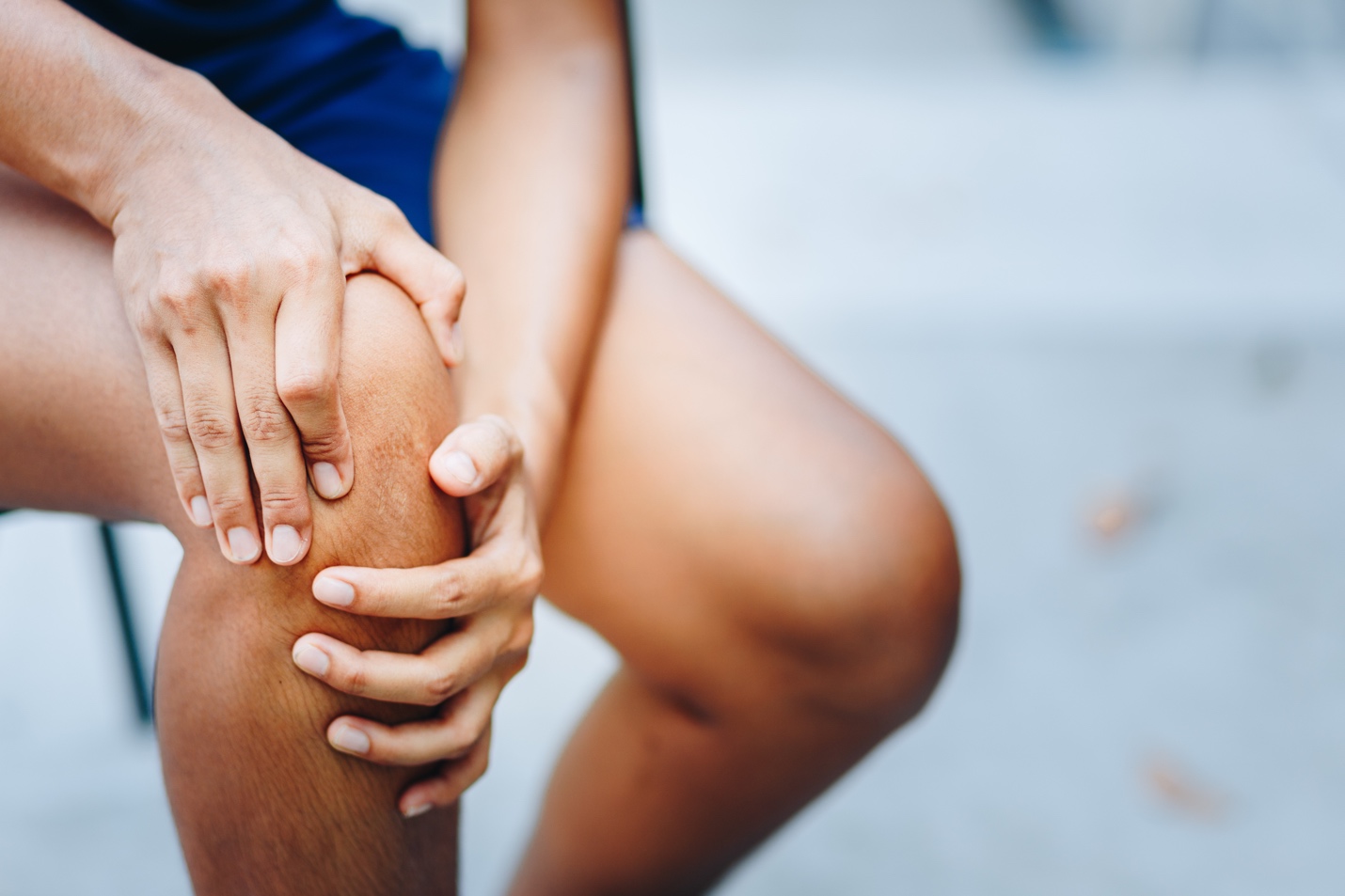Common knee injury risks when playing sports over 40
Author: Dr Evan Jeffries Date Posted:17 November 2024


One thing that we know with biology is that after the age of 25 where we reach our peak our bodies will slowly plateau then decrease and degenerate over time. The knee joint is always at risks because it accepts the most load and force when stepping, running or jumping. For those over 40, understanding common knee injury risks and the benefits of preventative measures like knee braces, knee compression, knee support, and knee stabilizers is crucial for maintaining an active lifestyle without compromising health.
Understanding Knee Anatomy and Aging
The knee is a complex joint that includes bones, cartilage, ligaments, and tendons. It is responsible for bearing much of the body's weight and allowing a wide range of motion. Over time, the wear and tear on these components can lead to increased susceptibility to injuries.
Aging causes the cartilage that cushions the knee joints to wear down, reducing its ability to absorb shock. This degeneration, combined with a decrease in muscle strength and flexibility, makes individuals over 40 more prone to knee injuries, especially when participating in sports. In a recent study, the authors found that the three most common knee injuries for people over 40 are osteoarthritis, meniscus tears and patellofemoral pain.1

Common Knee Injuries After 40
1. Osteoarthritis:
- Description: A degenerative joint disease where the cartilage deteriorates.
- Symptoms: Pain, swelling, and stiffness.
- Risk Factors: Previous knee injuries, obesity, and genetics.
2. Meniscus Tears:
- Description: The meniscus is a piece of cartilage that provides cushioning between the femur and tibia. Tears are common during sports that involve twisting motions.
- Symptoms: Pain, swelling, and difficulty moving the knee.
- Risk Factors: Age-related degeneration, sudden pivoting or twisting movements.
3. Patellofemoral pain:
- Description: Pain in the front of the knee, around the kneecap and is often referred to as runner’s knee.
- Symptoms: Pain with walking up and down stairs, pain with kneeling or squatting, pain with sitting with knee bent for long periods of time.
- Risk Factors: Age, sex: women are twice as likely as men to develop this, and certain sports.
Preventative Measures and Support
To mitigate the risk of knee injuries, especially after the age of 40, incorporating various supportive measures can be highly effective.
1. Knee Braces:
- Purpose: Provide support and stability to the knee joint, often used to prevent injuries or support the knee after an injury.
- Types: Prophylactic braces (to prevent injuries), functional braces (to support an injured knee), and rehabilitative braces (to limit harmful knee movement post-injury).
2. Knee Compression:
- Purpose: Enhance blood flow, reduce swelling, and provide mild support.
- Benefits: Compression sleeves can be worn during and after activities to alleviate pain and support recovery.
3. Knee Stabilizers:
- Purpose: Specifically designed to keep the knee in proper alignment during activity, reducing the risk of injury.
- Benefits: Particularly useful for individuals with previous knee injuries or those who engage in high-impact sports.
Four Additional Tips for Knee Health
-1. Regular Exercise: Strengthening the muscles around the knee, especially the quadriceps and hamstrings, can help support and protect the joint.
2. Flexibility Training: Stretching can improve flexibility and reduce the strain on the knee.
3. Weight Management: Maintaining a healthy weight reduces the load on the knees, minimizing the risk of osteoarthritis and other degenerative conditions. By losing one pound it will reduce forces onto the knee by 4lbs of pressure.
4. Proper Footwear: Wearing shoes with good arch support and cushioning can help absorb shock and reduce knee stress.

Engaging in sports after 40 is a fantastic way to maintain physical health and enjoy an active lifestyle. However, it's crucial to be aware of the increased risks of knee injuries and take proactive steps to mitigate them. Using knee braces, knee compression, knee support, and knee stabilizers, along with regular exercise and proper techniques, can significantly reduce the risk of injury and ensure that you stay active and healthy for years to come.
ABOUT THE AUTHOR
EVAN JEFFRIES is a physical therapist with a Doctorate in Physical Therapy (DPT) from the University of St. Augustine for Health Sciences. He is also the owner of Evolving Motion Physical Therapy and has vast knowledge of the musculoskeletal system and has treated many orthopedic conditions by bringing a proactive approach to healthcare and lifestyle. Recently he has also been active on social media as an injury analyst mainly in related to injuries NBA players have sustained. Evan can be followed on his social media accounts.
Duong V, Oo WM, Ding C, Culvenor AG, Hunter DJ. Evaluation and Treatment of Knee Pain: A Review. JAMA.2023;330(16):1568–15
 FREE SHIPPING $150+ exc club/school/bulky orders
FREE SHIPPING $150+ exc club/school/bulky orders






















